- 0086-0769-87986375
- Welcome you to Dongguan Yili Bags Co., Ltd. website!
7 Essential Features to Look for in the Best Medical Carrying Cases
When it comes to transporting medical supplies and equipment, having the right Medical Carrying Case is crucial for ensuring safety, accessibility, and efficiency. Not all cases are created equal, and choosing the best option can significantly impact how effectively healthcare professionals and caregivers manage medical items on the go. In this article, we will explore seven essential features to look for when selecting a Medical Carrying Case that meets the needs of both patients and providers. From durability and organization to portability and design, understanding these critical aspects will enable you to make an informed decision, ultimately enhancing care delivery and ensuring that medical essentials are always within reach whenever they are needed.
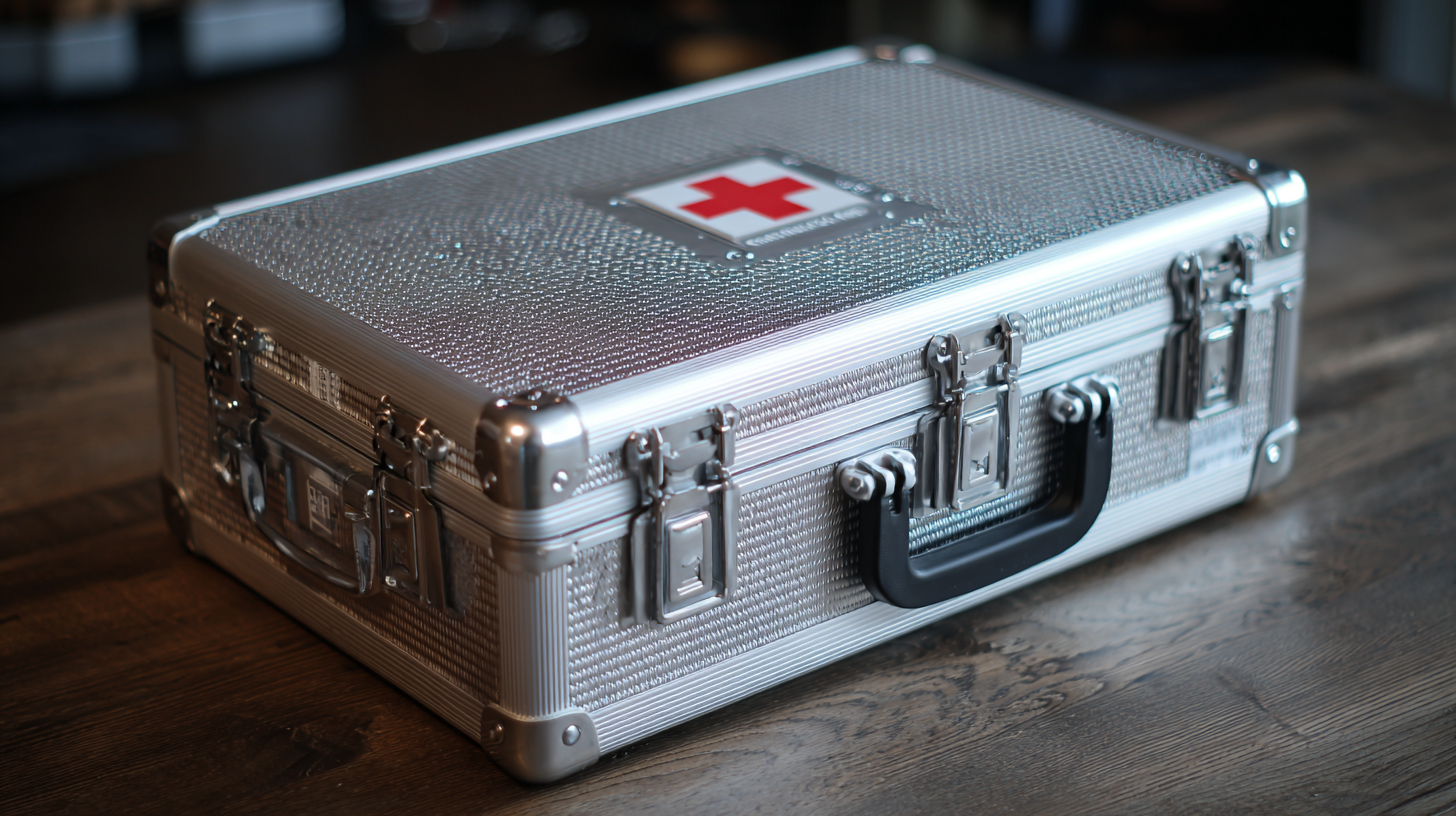
Essential Durability: Materials and Construction Quality in Medical Cases
When selecting a medical carrying case, the core principle of essential durability cannot be overlooked. The materials chosen for the case play a pivotal role in determining its lifespan and reliability. High-quality fabrics, such as ballistic nylon or heavy-duty polyester, can withstand the wear and tear that often accompanies medical transport. Look for cases that feature reinforced seams and double stitching, which enhance overall strength and prevent ripping, especially in high-stress environments.
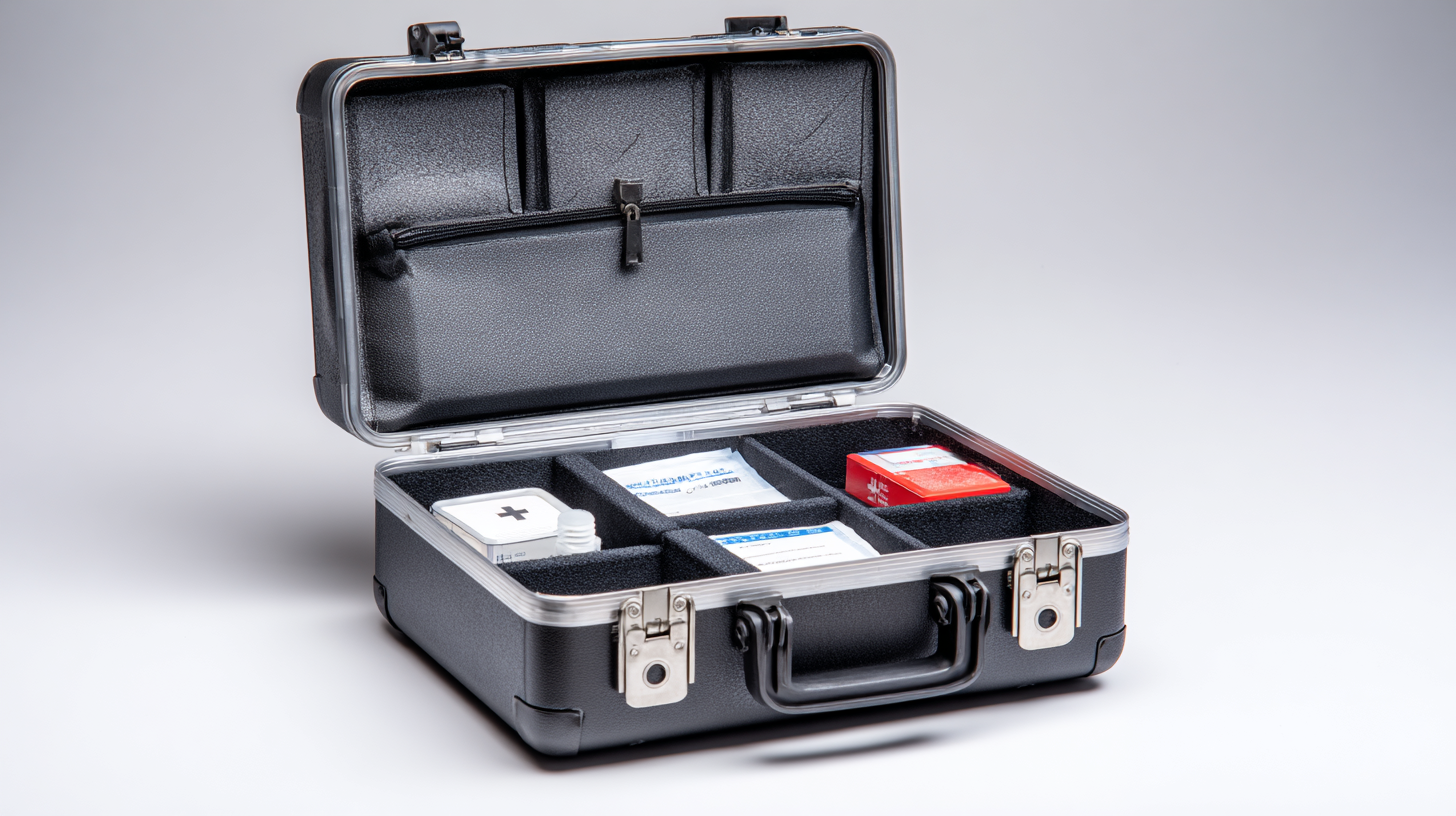
Construction quality is equally critical in ensuring the case performs well under various conditions. Cases that incorporate waterproof or weather-resistant materials provide an extra layer of protection for delicate medical supplies, shielding them from moisture and harsh climates. Additionally, thoughtful design elements like padded interiors and adjustable compartments can further safeguard equipment from impact and facilitate efficient organization.
Investing in a medical carrying case that emphasizes both material and construction quality is crucial for healthcare professionals who depend on their gear daily.
Organizational Design: Compartments and Accessibility Features to Consider
When selecting the best medical carrying cases, organizational design plays a crucial role. The compartments within these cases should be thoughtfully arranged to ensure easy access to all medical supplies. Multiple, clearly labeled sections allow for quick identification of essential items, such as bandages, tools, and medications. Additionally, modular compartments can be beneficial, enabling users to adjust the configuration based on their specific needs, thus enhancing overall usability.
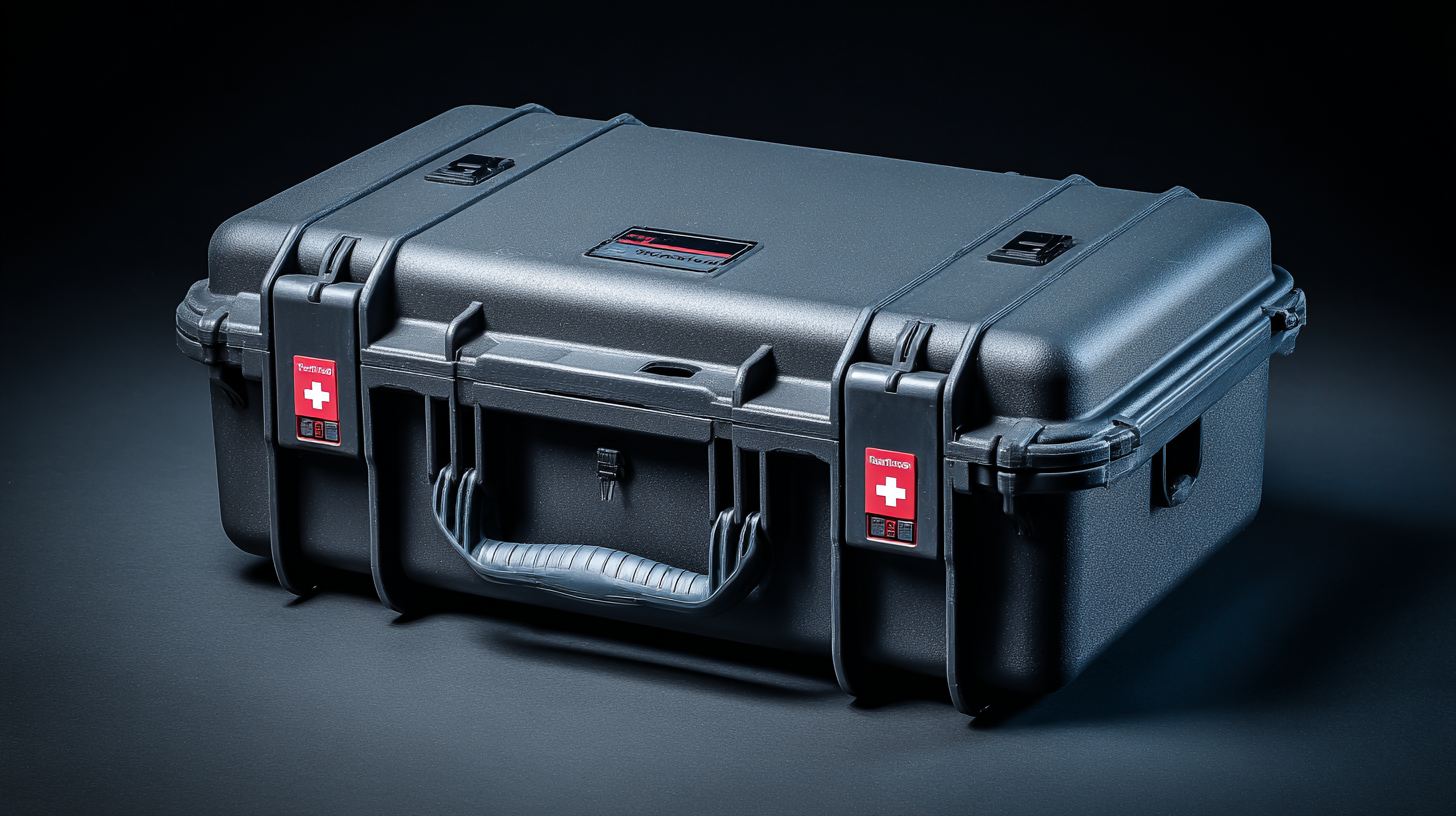
Accessibility features are equally important to consider. Cases with easy-to-open zippers or magnetic closures promote swift access in emergency situations, where every second counts. Furthermore, transparent pockets or mesh dividers can facilitate visibility, allowing users to quickly locate items without rummaging through the case. Handle designs that provide a comfortable grip can also enhance maneuverability, making it simpler to transport crucial medical supplies in various environments.
Safety First: Importance of Secure Closures and Transport Options
When selecting the best medical carrying cases, prioritizing safety is paramount. Secure closures are a fundamental feature that ensures medical supplies remain protected during transport. Cases equipped with zippers, latches, or Velcro not only safeguard contents from accidental spills or misplacement but also deter unauthorized access. This is particularly important for sensitive items like medications or equipment that may require strict handling.
Transport options also play a crucial role in ensuring safety. Cases should offer versatility, with choices like shoulder straps, handles, or even wheeled designs. This flexibility not only enhances user comfort but also reduces the risk of dropping or damaging the case while in transit. Whether navigating through a busy hospital or commuting to emergency sites, the right transport options can make a significant difference in maintaining the integrity of medical supplies and providing quick access when needed.
Comparison of Essential Features in Medical Carrying Cases
Portability Matters: Weight and Mobility Features for Medical Carrying Cases
When selecting the best medical carrying cases, portability plays a crucial role. The design should prioritize weight and mobility, ensuring that healthcare professionals can transport essential medical supplies with ease. According to a report by the Bureau of Labor Statistics, healthcare workers experience one of the highest rates of musculoskeletal injuries, often citing heavy lifting as a primary cause. Thus, minimizing the weight of carrying cases directly impacts not only the efficiency of medical staff but also their physical well-being.
When assessing a medical carrying case, look for ergonomic features that facilitate easy handling. Cases with padded handles or shoulder straps can distribute weight more evenly, reducing strain. Additionally, consider options with wheels or collapsible designs that allow for greater mobility in various settings, from hospitals to emergency sites. Ensuring the case is lightweight yet durable will aid in mobility without compromising the integrity of the medical supplies contained within.
**Tip:** Always check the materials used in the carrying case. Lightweight yet sturdy materials such as high-denier nylon or polypropylene can significantly enhance portability while providing durability.
**Tip:** Test the case with the intended load before making a purchase. This real-world application can help identify potential mobility issues before they arise in critical situations.
7 Essential Features to Look for in the Best Medical Carrying Cases
| Feature | Description | Importance Level |
|---|---|---|
| Lightweight Material | Cases made from lightweight materials that reduce the overall burden. | High |
| Ergonomic Design | Designed to provide comfort and ease of use during transport. | High |
| Water Resistance | Protects medical equipment from water damage in various environments. | Medium |
| Compartments and Pockets | Multiple sections for organized storage of supplies and tools. | High |
| Durable Construction | Made with high-quality materials that withstand wear and tear. | High |
| Handle and Strap Options | Versatile carrying methods to suit different mobility needs. | Medium |
| Visibility Features | Reflective surfaces or bright colors for easy location in emergencies. | Medium |
Customization and Versatility: Adaptable Designs for Various Medical Needs
When selecting the best medical carrying cases, the adaptability of design is paramount. These cases must cater to a variety of medical needs, ensuring that healthcare professionals can customize their storage solutions based on specific requirements. For instance, cases that can adjust their compartments or include removable inserts offer the flexibility needed to accommodate different medical devices and supplies. This versatility can significantly enhance efficiency in emergency situations, where time is critical, and the correct equipment must be readily accessible.
Moreover, the ability to modify a carrying case to fit unique medical tools can lead to improved organization and functionality. For example, cases designed with modular components allow users to reconfigure the internal layout based on the type of medical service being performed, whether it’s for transport, fieldwork, or hospital use. Ultimately, these adaptable designs not only simplify the logistics of medical care but also ensure that practitioners are well-equipped to address diverse patient needs effectively.
Related Posts
-

Exploring the Best Medical Carrying Case Options for Global Buyers
-
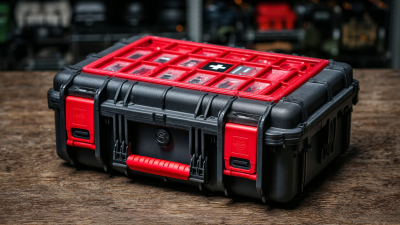
7 Essential Tips for Choosing the Perfect Medical Carrying Case
-

The Future of Musical Carrying Bags: Innovation Meets Functionality
-
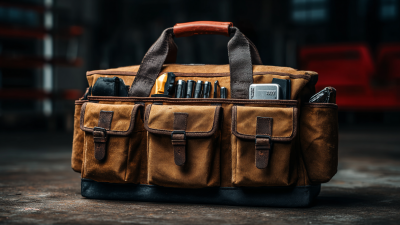
7 Unique Features That Make the Best Durable Tool Bag a Must-Have for Professionals
-

The Ultimate Guide to Choosing the Best Electrician Tool Bag for Your Needs
-
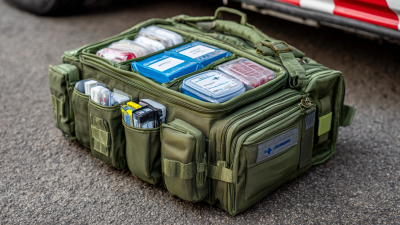
Benefits of Choosing the Best Medical Equipment Bag for Healthcare Professionals
